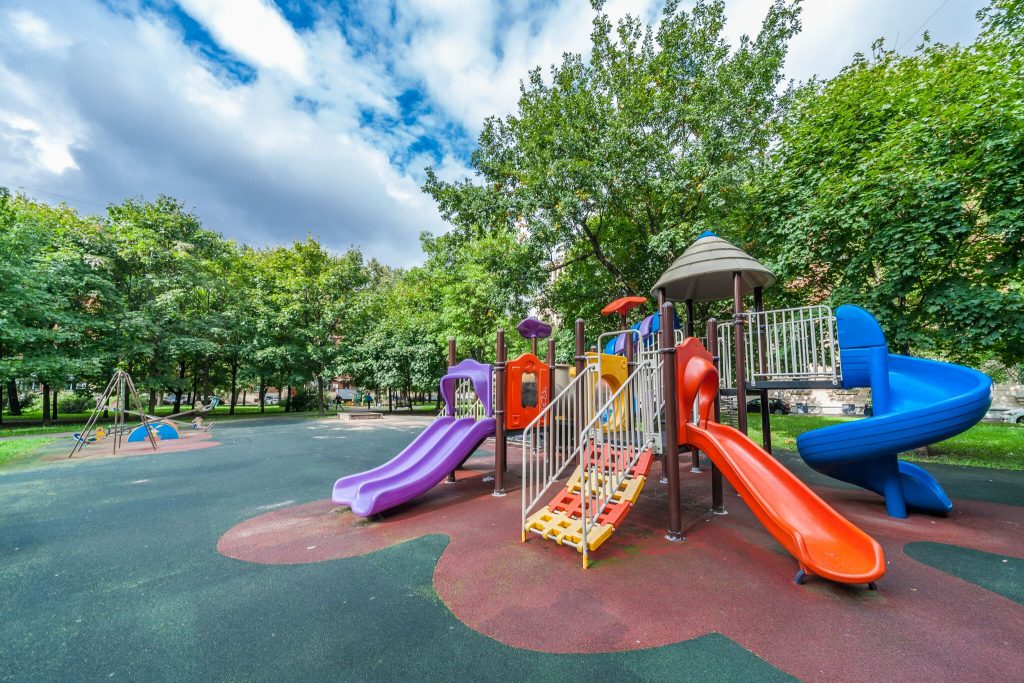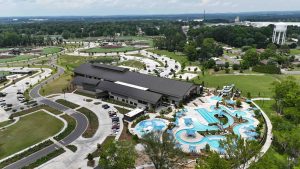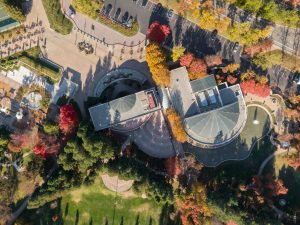Having a great park and recreation system is the hallmark of a vibrant community, a trait which is witnessed daily by citizens in municipalities across the country. In Madison, Wis., assets such as Vilas Park with its zoo, sandy beach, and iconic Old woman’s shoe, not only provide learning opportunities and hours of entertainment for children, they are a part of the good life in this community. In 2007, the city of Bentonville, Ark. invested in the construction of 60 miles of biking trails throughout the city and connecting to nearby Fayetteville. The move has transformed Bentonville into a premiere destination for recreational cyclists everywhere.
These are just two of countless examples of communities using parks and recreation assets in creative ways to enhance the lives of its citizens and its economic outcomes. In each case, incredible results started with a city’s master plan and was translated into action through a dedicated recreation master planning process.
Defining Parks and Recreation Master Planning
A parks and recreation master plan is a comprehensive, long-range strategy for the creation, optimization, and maintenance of a community’s assets. It doesn’t focus on one particular park but instead offers a bird’s-eye view of a community’s parks and recreation landscape, both today and beyond. It examines the parks and recreation assets’ ability to meet the needs of the community and outlines steps for closing the gap between current capabilities and those needs.
Most recreation master plans include the following components:
- Vision
- Capacity analysis
- Needs assessment
- Goals
- Overall strategy
- Financial plan
- Roles and responsibilities
- Action steps and timeline
- Key performance indicators
The Master Plan Process for Parks and Recreation Assets
Often beginning with an RFP or RFQ, producing a parks and creation master plan takes a great deal of coordination and effort from numerous entities. The process is designed to ensure that the community, stakeholders, and the data align around a central vision. The steps are as follows:
- Engaging the Community: Parks are meant to serve people. In order to accomplish that purpose, it’s critical to understand their needs and desires as part of the planning process. Developing a comprehensive communication strategy is important for maximizing user input and gathering meaningful data. The plan should have both online (surveys, social media) and offline (town hall meetings, lunch and learns) components. Documenting the interests of your most important citizen stakeholders will lay the groundwork for building a plan that will elevate your parks and recreation assets and create the public and political will to fund the project in the future.
- Engage Other Stakeholders: There are many other parties that are impacted by a healthy parks and recreation system and their input is also critical. This group includes board members, city council, police department, local business owners, school leadership, and non-profit organizations that focus on children, the environment, or economic development. By engaging these potential partners early in the planning process, the chances of securing partners or sponsors later in the development cycle and having their support for project funding are increased.
- Examine Current Assets: It’s often the case that there’s a gap between the parks and recreation system that your community wants and the one that currently exists. With your community’s vision as a guide, it’s time to perform a thorough analysis of your assets and determine its deficiencies. Primary areas of examination include facility types and sizes, facility condition, equipment condition, programming, space requirements, park locations, direction (does your community want to be a sports tourism destination?), and human resources.
- Determine Focus Areas: Through examining your current assets, you are likely to discover numerous areas that require attention. It’s critical to prioritize which areas are most important to building a vibrant and functioning parks and recreation system. It may be the creation of a new venue or introducing innovative programming. It may also be something less exciting but equally important such as specialized training for employees or safer play surfaces. It may be a combination of several areas. The most important action to take is to determine which areas are most critical to your community and identify the key performance indicators (KPI’s) associated with those projects.
- Creating a Plan: This is the moment we’ve all been waiting for, so to speak. With input from your community, an understanding of the current state of your parks and recreation assets, and a feel for which components have the greatest impact on the future, you can create a recreation master plan. The plan should serve as the roadmap for attaining the parks and recreation system that best serves the needs of its community. It should be the basis for all tasks that are conducted in this effort. And while the master plan is an actionable plan, it’s also a living document that should be revisited continuously to ensure relevance. A good recreation master plan identifies project and sub-project leaders, a timeline, accountabilities and tasks, and a communication and reporting schedule.
Creating a master plan for your parks and recreation assets is a major step for your community. This plan will act as a road map for financial investment and municipal development, and as such, it can take a considerable amount of resources to produce. At Sports Facilities Advisory, we’ve worked to enhance the lives of people in over 2,000 communities nationwide through sports, recreation and entertainment projects. To learn more, schedule a discovery call at 727-474-3845.






